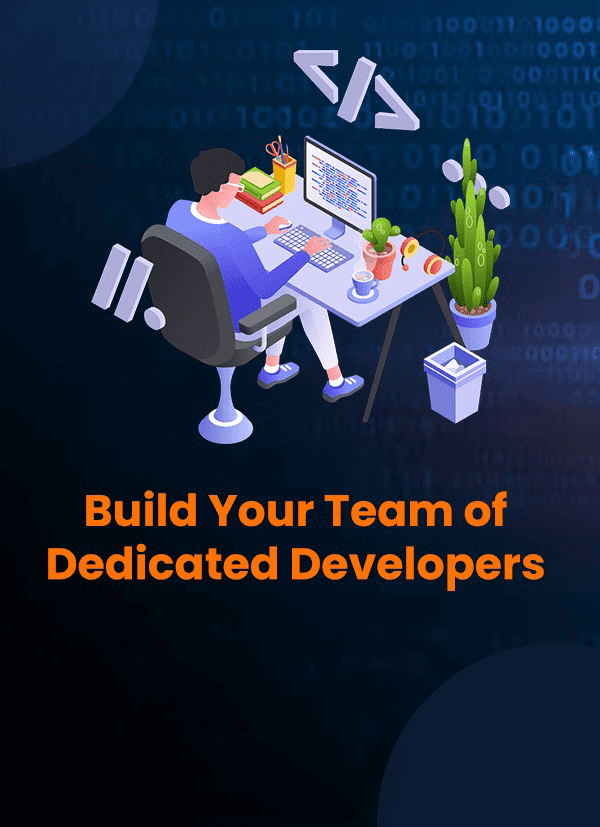Internet of Things (IoT) Evolution and its Prompt Acceptance Worldwide

Introduction
The IoT (Internet of Things) usually connects things to the Internet and uses that connection to offer effective remote monitoring or control of certain things.
This IoT definition is confined and addresses the portion of IoT evolution only. It is generally a rebranding of today’s M2M (Machine to Machine) market.
The definition of IoT is, “The IoT builds a Smart, invisible network that you can sense, control, and program. IoT-enabled products use embedded technology that enables direct/indirect communication, with each other or the Internet.”
Billions of IoT-connected devices are already present globally, and they will keep expanding as internet connectivity becomes a familiar feature for many electronic devices.
Even though IoT get highly incorporated into the consumer electronics market, it extends above household appliances and handheld devices. IoT subsystems like the Industrial Internet and Connected/Smart Cities aim to automate factory floors and urban areas instead of only household chores.
Digital virtual assistants like Amazon’s Alexa and Google Assistant bridge the gap between this interconnected network of devices and their human users.
The global IoT market size is anticipated to rise to 212 billion dollars by 2019. The technology achieved 100 billion dollars in market revenue in 2017 first-ever, and predictions indicate that this number will expand up to 1.6 trillion by the end of 2025.
History of IoT
The Smart device networks idea was debated in 1982 with an amended Coke machine at Carnegie Mellon University. It became the first internet-connected device.
During the 1990s, papers series get issued in different academic journals. The thought of the IoT initially gained popularity in 1999 through the Auto-ID Center at MIT and relevant market-analysis publications.
First, the IoT term gets coined by British professor Kevin Ashton in 1999 at MIT. He predicted vendors implementing intelligence into actual objects/things, mainly anything that supports a sensor and connects through networks.
In 2000, LG stated its plans to build an internet-enabled refrigerator.
From 2003-2004, “IoT” was quoted in mainstream publications, including
The Guardian, Scientific American
The Boston Globe
In 2005, the UN’s ITU (International Telecommunication Union) released the first report on IoT , mentioning the technology’s future global adoption.
The IoT market faced magnificent growth during 2008-2010. The number of connected devices exceeds the global population. There are multiple connected devices per person.
IoT Becomes Smarter
Smart cities use IoT to mitigate waste and improve efficient energy use. The IoT can also simplify traffic flows and find vacant parking places.
In 2012, The Swiss Federal Office of Energy initiated a pilot program “Smart City Switzerland.” They carried out delegates from businesses, universities, and public admins together to collaborate on fresh ideas for the urban surroundings.
A well-developed Smart city supports different sensors linked to the internet and offers,
Real-time traffic monitoring and reporting
Sensors integrated with pavement helps with Smart parking and identify vacant parking space
Integrated IoT sensors discover polluters that aid with air quality tracking
Smart public lighting enables a combination of low-energy lighting with time and sensors
Smart transportation helps with Smart traffic lights and improves traffic efficiency and public transport
Smart buildings use sensors and automated processes to deal with the building’s operation. It includes,
Air conditioning
Ventilation
Heating
Lighting
Security
Other systems
The IIoT (Industrial Internet of Things)
The IIoT is an expansion of the Internet of Things and leverages actuators and Smart sensors connected with a company’s industrial apps.
The key objective is to provide high efficiency and reliability to different industries. The IIoT comprises software-defined manufacturing methods and robotics.
The cloud’s tremendous storage capacity (2002) was essential for the advanced IIoT version to transform into a reality.
The IIoT outshines in approx 2010, with different big brands starting to build their own systems. General Electric (GE) gained credit for originating the term “Industrial Internet of Things”, in late 2012.
The IoT Being Used in Everyday Living
By the end of 2013, the Internet of Things turned out into a system that leverages different technologies such as,
Internet
Wireless collaboration
MEMS (Micro-electromechanical systems)
Embedded systems
Smart devices
Building maintenance
Aeroplane Jet Engine
Medical devices like heart monitor implants, biochip transponders in a farm animal
Data transfer over a network
LOOKING FOR EXPERT IOT DEVELOPERS?
The IoT Proceeds towards Mobile
Smartphones are one of the essential communication tools which integrate with the IoT. These devices’ sensors, tracked by marketing persons, send specific promotions according to customers and the product’s location.
In the healthcare industry, smartwatches and monitors track patient data like BP, heart rate, etc., in real-time.
In the transportation industry, a connected vehicle works with other devices through wireless networks. It enables different linked networks to access and interact with the vehicles.
Vehicles like cars and trucks comprise sensors and technology containing On-board Diagnostics (OBD) and GPS. By leveraging these technologies, organizations can extract real-time data from their fleets like,
Driving conditions
Maintenance needs
Routes info
Self-driving cars use the cloud to respond to
Adjacent cars
Maps
Surface conditions
Traffic data
Weather
Based on that, you can make better decisions in real-time.
What is in Trend?
IoT is one of the crucial technologies accountable for the success of multiple other technologies like AI and ML. It is shaping global markets with different trends such as,
AIoT (Artificial Intelligence and IoT Technology)
Edge Computing (Low Latency and High Security)
IoT connectivity (5G, Wi-Fi 6, LPWAN, and Satellites
Smart Homes
Wearable IoT technology
Smart Cities
Healthcare modernization and digitization
More connected networks to help manufacturers
The IoT future lies in earlier trends and beyond, with the potential to extend to different areas like the retail industry and indoor navigation.
It is also significant to note that the IoT is not a technology that performs solely in multiple circumstances.
Synergizing technologies like AI and IoT facilitate enterprises to stimulate innovation and stay relevant in the ever-evolving competition. All you need to initiate is a unique idea/vision/goal to digitize business infrastructure to flourish in the future.
Impact of Global Health Crisis on IoT
The pandemic had an unusual impact on society and the economy.
Ongoing projects get paused
Decreasing demand for new projects/services/devices
Some enterprise technologies removed
The digital divide widens
IoT networks are largely unaffected
Cyber attacks increase and hacker strategies change
Technology roadmaps get delayed
Fewer IoT jobs
During the global health crisis, enterprises get forced to digitize and automate their day-to-day activities. Covid-19 has transformed the way companies work worldwide.
The Drones became extremely useful
Enterprise technologies involving Smart devices and wearables started increasing
The popularity of health apps raised
Privacy gets re-evaluated
Additional focus on security
Many digitization initiatives get accelerated
In a Nutshell
IoT is a modern paradigm that has transformed traditional ways of life into a high-tech lifestyle. IoT drives revolution such as,
Smart cities
Energy saving
Smart homes
Pollution control
Smart Transportation
Many significant analyses and surveys are performed to improve the technology using IoT.
However, there are still many challenges and concerns necessary to address to leverage the best of the Internet of Things (IoT).








